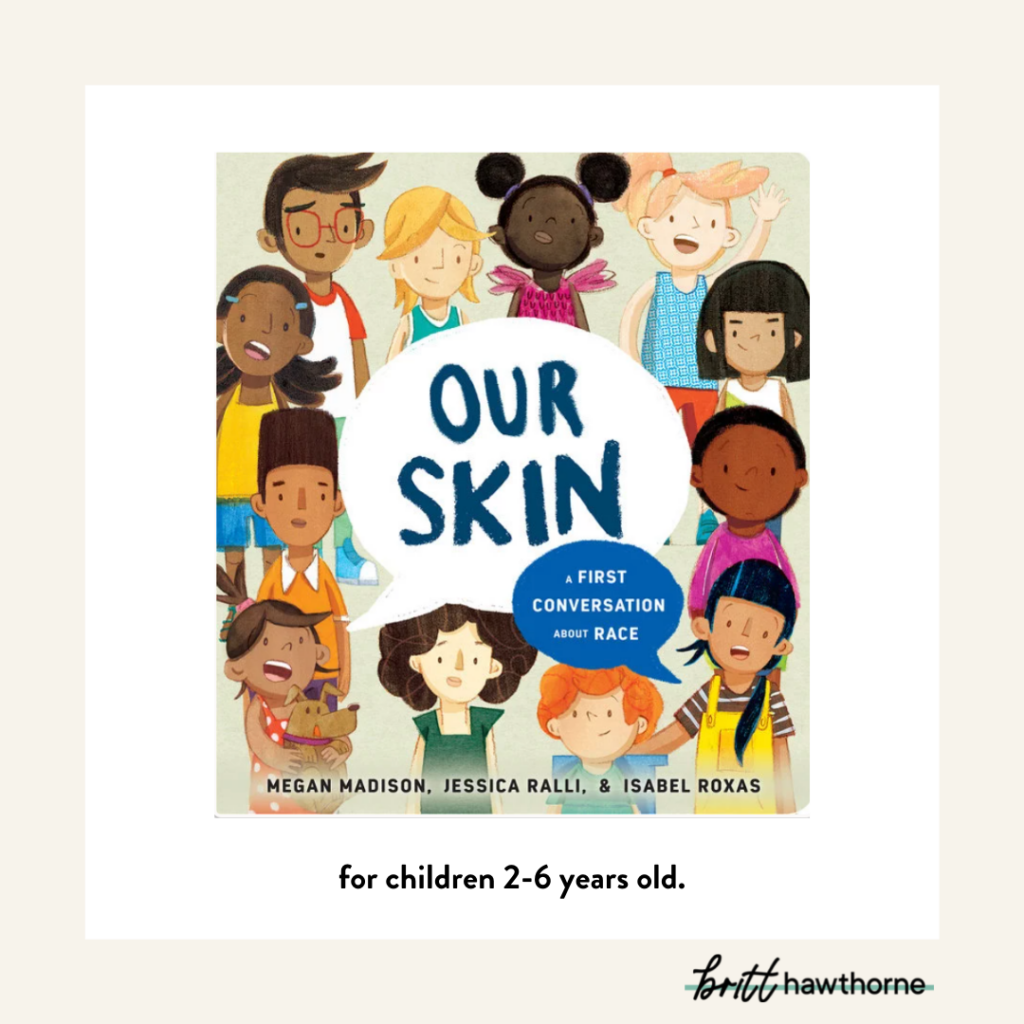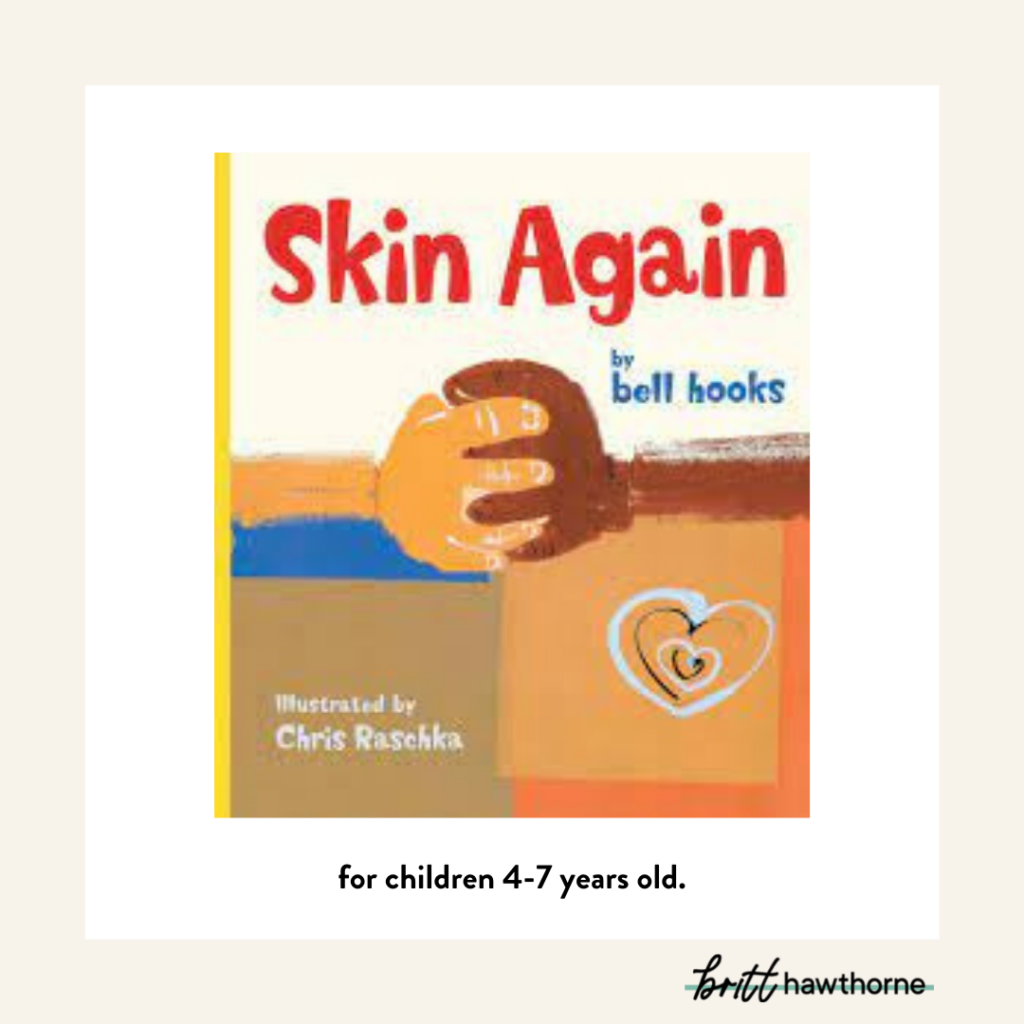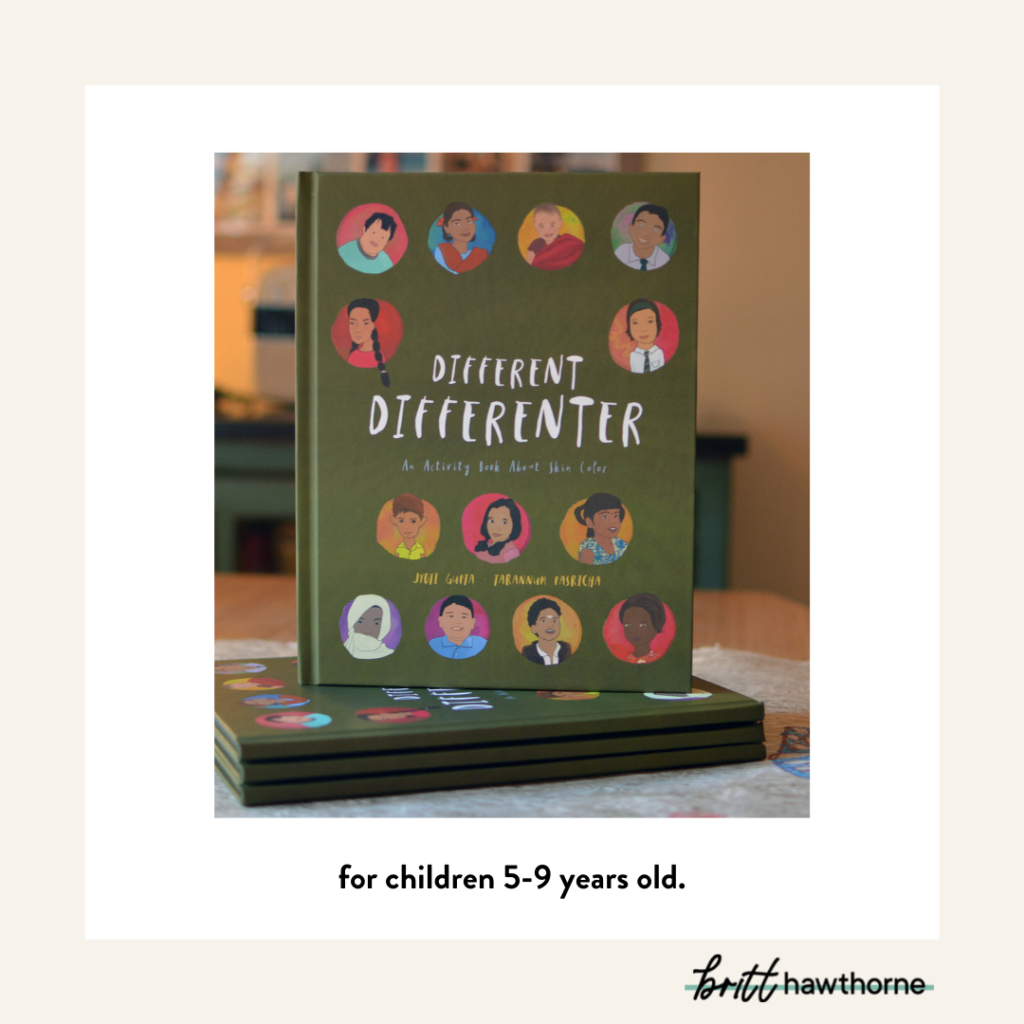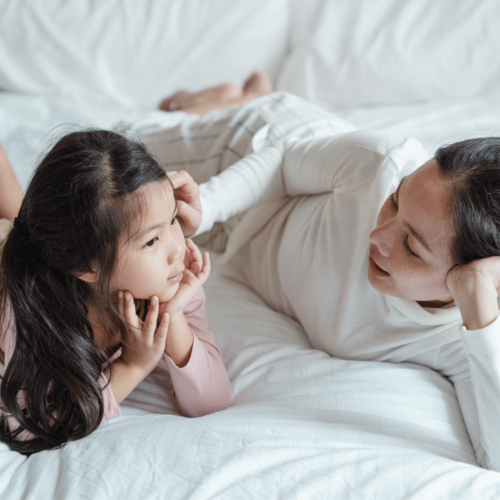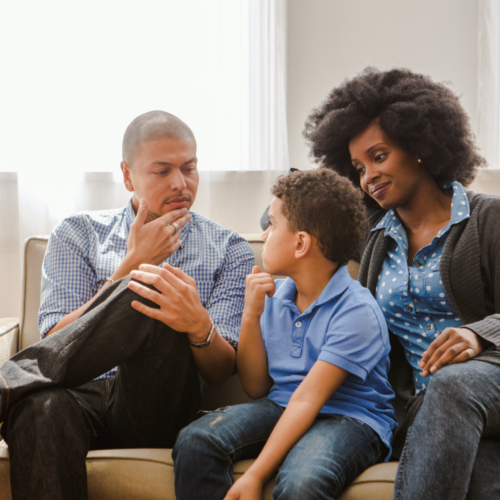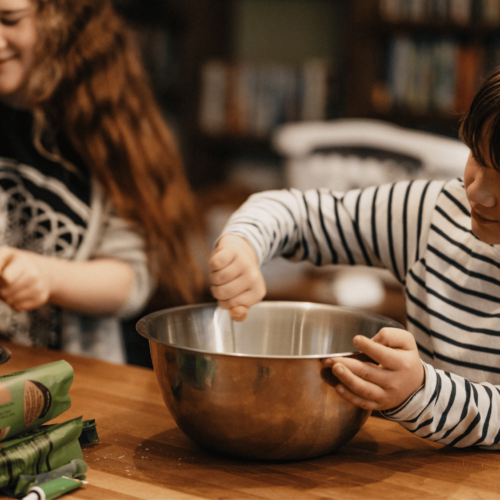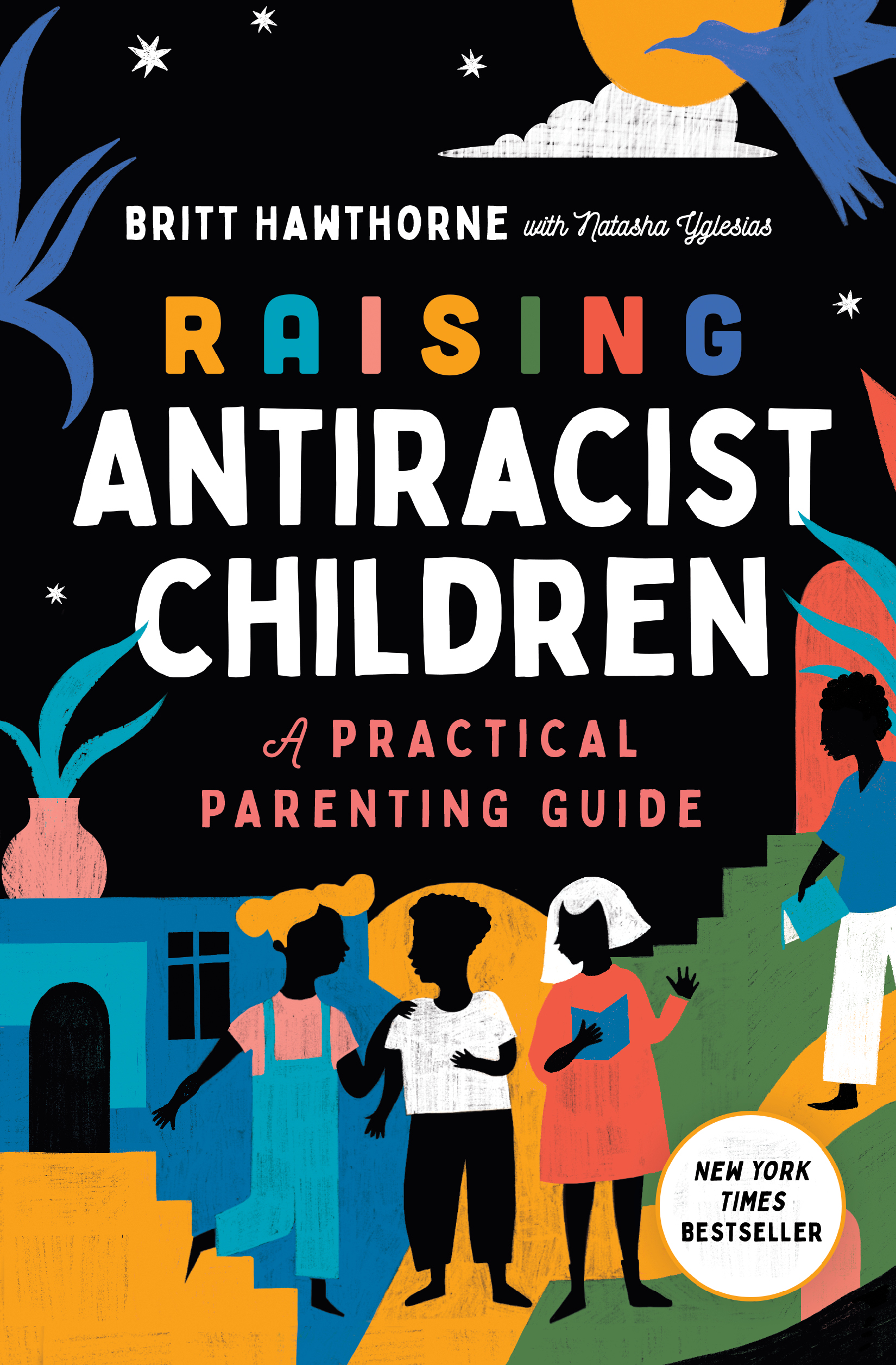The way we discuss diverse skin tones with young children is important—and for too long, many of us have inadvertently done it wrong. Educators who rely solely on food comparisons to describe brown skin tones show their inexperience with describing, talking about, and relating to brown skin. It’s the reason why I no longer read The Colors of Us by Karen Katz, and it’s why I’m writing this article. Keep reading to learn how to discuss diverse skin tones with young children by focusing on the rich language of browns (and learn how to make skin tone paint!).
Disclaimer: This article is written for early childhood, primary, and preschool educators of all racial backgrounds. Caregivers are more than welcome to read along and implement some of these strategies in your home environments, but please note that the language and materials are specifically geared towards diverse classrooms.
Racial Identities, Racism, and Diverse Skin Tones
Let’s begin by grounding this conversation in what race and racial identity are. The scientific consensus is that race does not actually exist. Biologically, there is only one race: the human race. The concept of “race” is a social construct, intentionally designed to highlight people’s phenotypes, characteristcs and geographical origins. Race can be tricky to discuss because race has different definitions depending on who is in power and where you’re located.
The American Anthropological Association states that “the tragedy in the United States has been that the policies and practices stemming from this worldview succeeded all too well in constructing unequal populations among Europeans, Native Americans, and peoples of African descent.” When we talk about race, we are usually talking about “racial identity,” which is real. According to the National Museum of African American History and Culture, “In a racialized society like the United States, everyone is assigned a racial identity whether they are aware of it or not.”Racism has led to extreme inequalities throughout the world, allowing only some access to privilege, wealth, and power, while the rest experience ongoing oppression.
Studying racism should also lead to research about colorism, texturism, and featurism. There is so much to say about this that I’ll leave it for a whole other post about elementary and adolescent learners!
How to Discuss Diverse Skin Tones With Young Children
1. Use Scientific Explanations
Discussing skin and skin tones are simple biology lessons. Skipping over these scientific lessons does not lend to young children’s need for understanding the world around them—or even understanding themselves. A solid conversation should both affirm a child’s skin tone and offer a scientific explanation about skin. Start by connecting with the child by focusing on similarities: “I have skin. You have skin. We all have skin.”
“Why Do We Have Skin?”
So, let’s get scientific. According to National Geographic, “Skin acts as a waterproof, insulating shield, guarding the body against extremes of temperature, damaging sunlight, and harmful chemicals. It also exudes antibacterial substances that prevent infection and manufactures vitamin D for converting calcium into healthy bones. ”
“What’s So Incredible About Our Skin?”
According to National Geographic, “Body organs aren’t all internal like the brain or the heart. There’s one we wear on the outside. Skin is our largest organ—adults carry some 8 pounds (3.6 kilograms) and 22 square feet (2 square meters) of it. This fleshy covering does a lot more than make us look presentable. In fact, without it, we’d literally evaporate.”
2. Start with Skin Tones
The United States has a long, ugly, and complicated history when it comes to race and racism. But our story shouldn’t start with racism. It should, and does, start with skin tones, phenotypes, and genetic variations.
Young children are very concrete thinkers, so it’s best not to use idioms, metaphors, or socially and politically created terms to explain big concepts to them. If you ask a child to “show me the black crayon,” they’ll pick the crayon we’ve all agreed is black. If you ask a young child to “show me a Black person,” they’ll look for a person who matches the color of the crayon.
3. Explore and Discuss Browns
Welcome conversations to discuss and recenter brown skin tones by using rich language.
Start with the basic colors:
- Black
- Brown
- Beige
Add modifiers:
- Dark, deep, rich, cool
- Warm, medium, tan
- Fair, light, pale
Then normalize the discussion. After reading a picture book or watching a video, discuss the characters with your learners:
- “Which color matches his color?”
- “What color would you call this?”
- “How could we make their skin tone using the paint?”
- “Gabe has deep brown skin.”
- “Xo’s warm beige skin wraps her like a cozy hug.”
Reminder: I strongly recommend moving away from associating browns with chocolate and food. If the child makes the association on their own, I would follow the child and work to introduce the child to other non-edible names. We want to move away from likening black and brown skin tones to consumption and fetishization.
4. Use Materials and Tools
- Skin tone crayons
- Skin tone markers
- Skin tone paint
- Skin tone colored pencils
- Skin tone construction paper
Activity: How to Make Skin Tone Paint
One of my favorite activities to do with my learners is mixing colors to make their skin tone. You can use this skin tone paint to make portraits, self-portraits, or to paint with in general. This activity can be repeated several times over the coming years. When the child is older, they can work to create different skin tones, blush tones, hair color, eye color, and more.
- Mix together equal parts red, blue, and yellow. Less is best in the beginning. This will create a beautiful deep brown.
- Now allow the child to add a little black (only a little) or white depending on their particular shade.
- Allow the child to paint the skin tone on their arm to see if it matches: “Does this match your skin?” We aren’t looking for perfection. We’re looking for the child to love and find beauty in their skin tone.
- Once the child finds their match, we can make more to save for later projects. Bottle the extra in a one-ounce container. Ask the child, “What color would you call this?” Then label the bottle and repeat the color they named it: “This is your skin tone. You are the color of __________.”
Reading To Guide Diverse Skin Tones Discussions
It is so important to be intentional when we teach young children about different skin tones. Our goal is for every child to feel comfortable and proud of their skin tone, to have language for their skin color and their peers’ skin color, too. We are challenging the idea that only brown skin colors are different or other—and that white skin tones are the default. When we are careless, we perpetuate the white supremacist norm of racial fetishization and encourage young children to carry on the harmful tradition.
Whether you have a racially diverse classroom or not, I hope you found this post helpful when beginning or continuing your discussion of skin tones with young children. For additional resources, check out these book recommendations:


